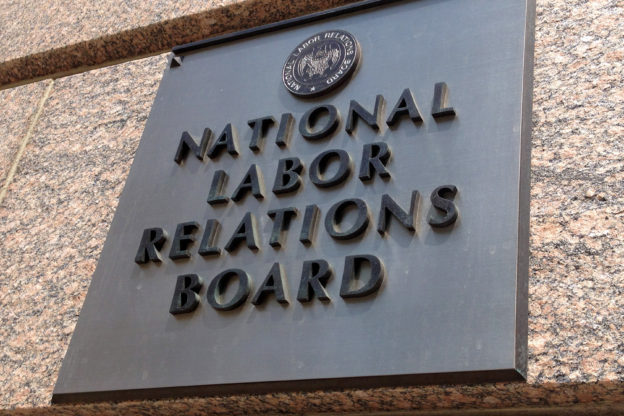
Nicole Snyder
by Nicole Snyder and A. Dean Bennett
When a new business comes to town, when an existing business seeks to expand, or when a startup is making its way off the ground, it may want (or need) to recruit key employees from existing companies. That can be especially true in the technology field where experienced developers, analysts, and executives are hard to come by.
In 2016, the Idaho legislature made it more difficult for key employees and independent contractors across all industries to change jobs when they were covered by a post-employment non-compete agreement. Recently, the Idaho legislature repealed that 2016 provision in a move seen as correcting an imbalance in the playing field between employers and their key employees when it comes to non-compete restrictions.

A. Dean Bennett
2016 Non-Compete Presumption Burdened Key Employees
When enacted in 2016, the recently repealed non-compete law was touted as business-friendly, as it strengthened an employer’s ability to enforce a non-compete agreement with its key employees. The 2016 law provided that if a court found a key employee or key independent contractor breached a non-compete agreement, the employee or independent contractor then had the burden of overcoming a presumption that their breach of the non-compete caused irreparable harm to the employer. Essentially, the employee was forced to prove a negative, namely that he or she could not adversely affect the employer’s legitimate business interests.
However, the perceived effect of the 2016 non-compete law was that it made it tougher for key employees and independent contractors to change jobs, seek more responsibility or pay at another company, or even start up their own business. Idaho’s non-compete laws have received national attention at the same time Idaho is recognized as the fastest growing state with the fastest growing pay rate.
Repeal Restores Pre-2016 Standard of Proof For Non-Competes
Senate Bill 1287 strikes the language added in 2016 that shifted the burden to key employees and independent contractors to prove that they have no ability to adversely affect the employer’s legitimate business interests as a result of their competitive employment. Consequently, when a breach of a non-compete is litigated in court, the burden will be back on the employer to prove its former employee’s competitive actions harmed the employer’s legitimate business interests.
Governor Otter allowed this repeal bill to become law without his signature. He wrote, “There is no consensus within the business community, or even within the community of technology-driven businesses, for this second change within two years to Idaho Code regarding non-compete agreements between employers and key employees or key independent contractors.” The governor further wrote that the issue can vary depending on the nature of each company’s business plan and whether management considers a “dynamic” workforce, with regular turnover, a positive or detrimental aspect of their business. The governor suggested that he saw little risk in removing the 2016 language as it had not yet been tested in Idaho courts. He also urged the Idaho legislature to take up the issue again in 2019, suggesting that perhaps the creation of a different less onerous standard on employees may be a good middle ground.
Effect on Idaho Employers
Whether you think this repeal is a good or bad development may rest largely on whether you seek to retain your key employees and contractors by limiting their mobility through non-compete agreements, or whether you need to expand and recruit talent within your industry without your recruits being subject to post-employment restrictions. Regardless of what side of that debate you are on, the repeal of the 2016 rebuttable presumption means that Idaho employers seeking to enforce a non-compete in court will need to show that the employee or contractor harmed its legitimate business interests when leaving to work for a competitor in violation of a restrictive covenant. Consequently, this is a good time to revisit your non-compete agreements, giving thought to what business assets and interests you are seeking to protect. In addition, be sure to review the geographic, time, and scope limitations of your non-compete restrictions as only reasonable provisions will be enforceable. As always, check with your attorney to resolve any questions.








 By
By 



 By
By 
 By
By